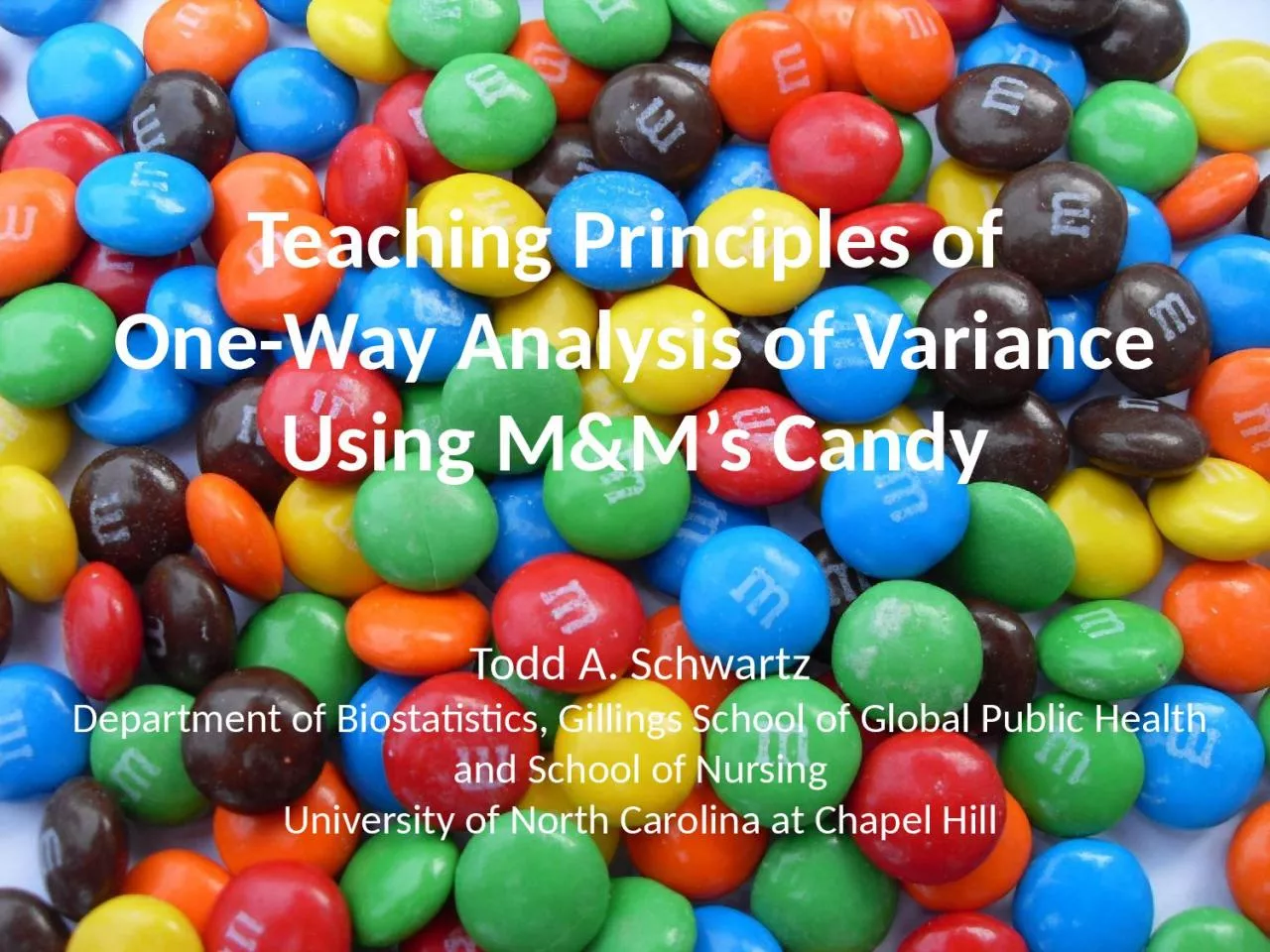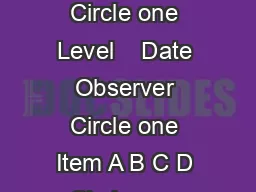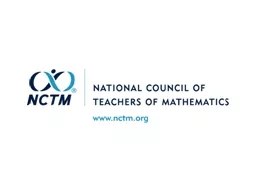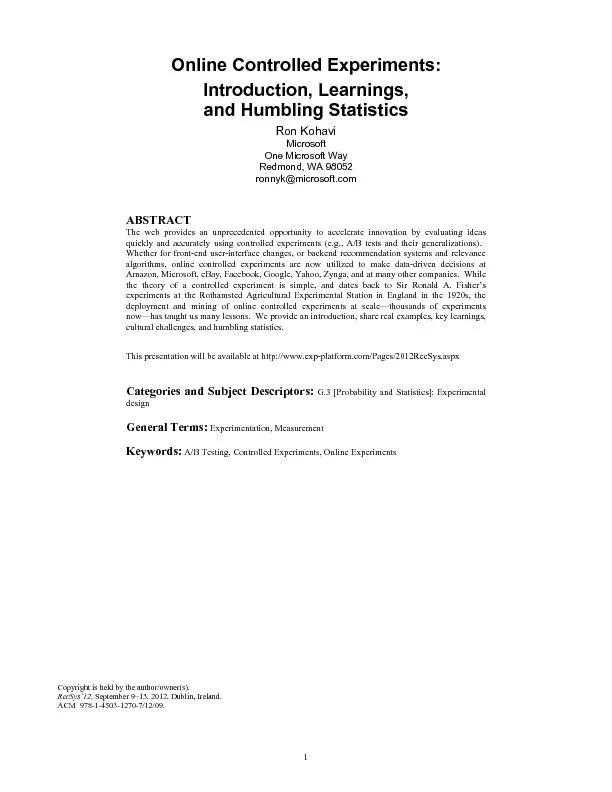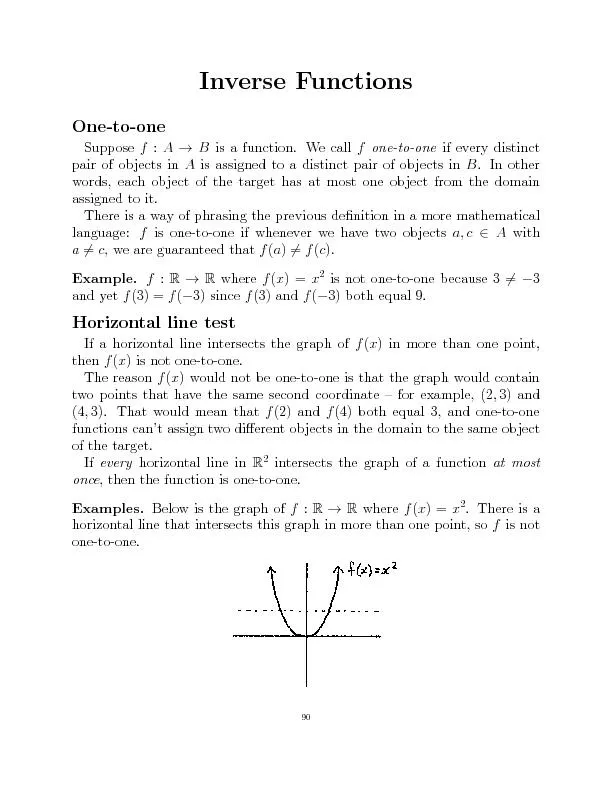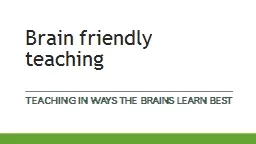PPT-Teaching Principles of One-Way
Author : thomas | Published Date : 2023-06-21
Analysis of Variance Using MampMs Candy Todd A Schwartz Department of Biostatistics Gillings School of Global Public Health and School of Nursing University of
Presentation Embed Code
Download Presentation
Download Presentation The PPT/PDF document "Teaching Principles of One-Way" is the property of its rightful owner. Permission is granted to download and print the materials on this website for personal, non-commercial use only, and to display it on your personal computer provided you do not modify the materials and that you retain all copyright notices contained in the materials. By downloading content from our website, you accept the terms of this agreement.
Teaching Principles of One-Way: Transcript
Download Rules Of Document
"Teaching Principles of One-Way"The content belongs to its owner. You may download and print it for personal use, without modification, and keep all copyright notices. By downloading, you agree to these terms.
Related Documents

